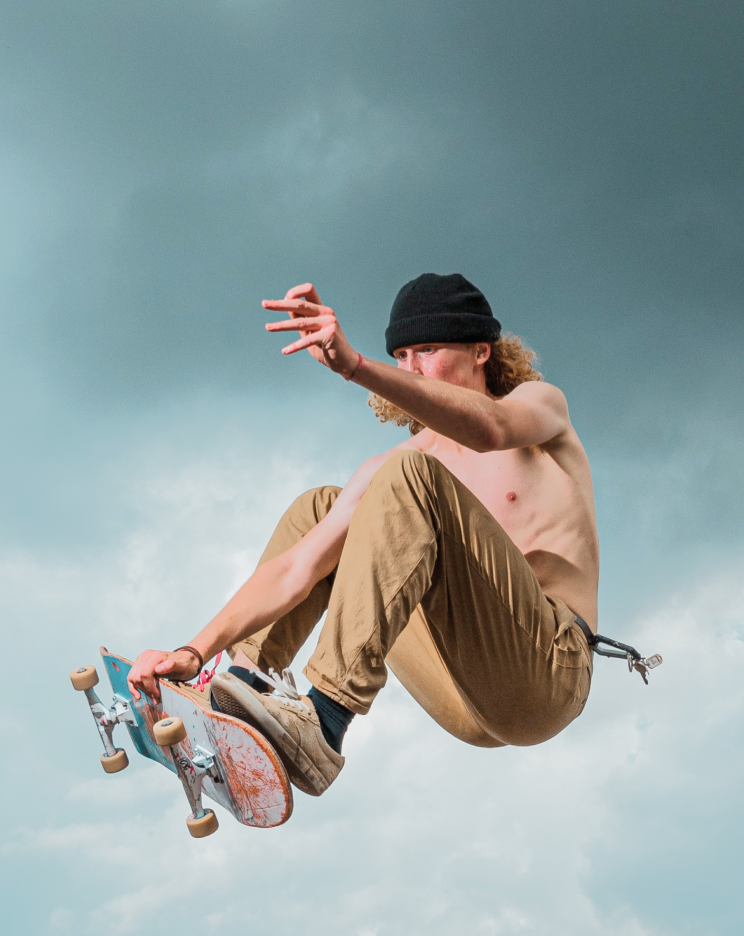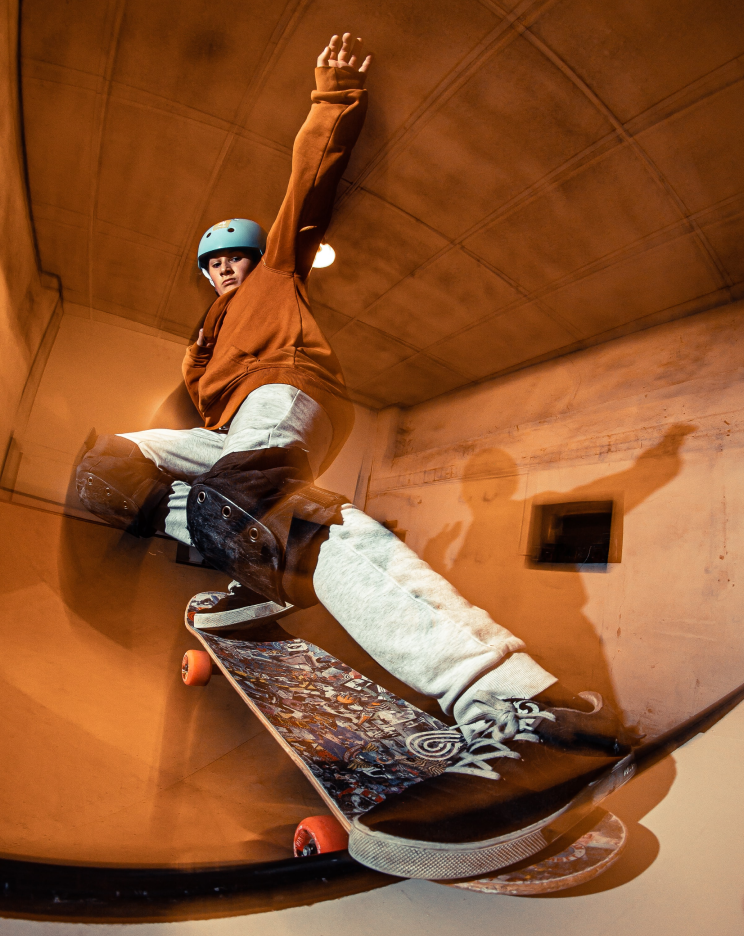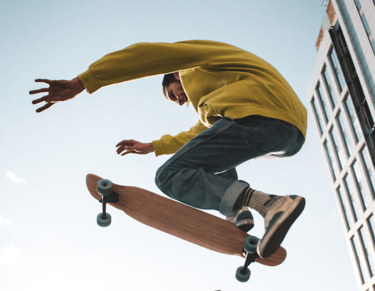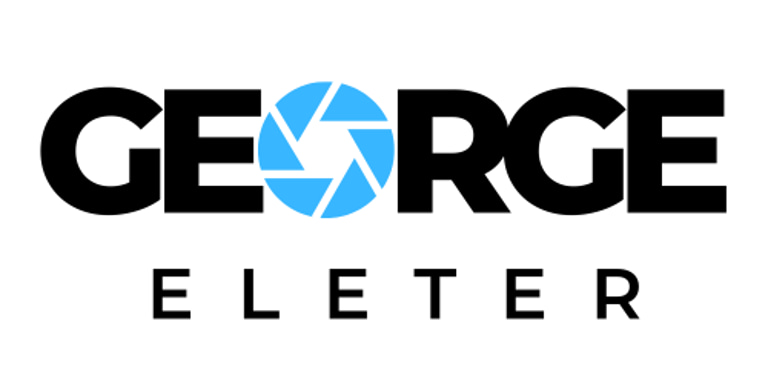When embarking on a skateboarding photography session, it's crucial to avoid a few common pitfalls to ensure both the safety of the participants and the quality of the photographs. First and foremost, never obstruct the skaters’ path or set up in areas where you could cause accidents. It's essential to maintain a safe distance, using zoom lenses if necessary, to capture the action without interfering. Avoid using flash photography without prior consent, as it can be distracting or even dangerous for skaters performing complex tricks. Furthermore, respect the culture and the space; skate parks and urban skating spots are communal areas where etiquette is key. Do not trespass on private property without permission, as this can lead to legal issues and disrupt the trust within the skateboarding community. Lastly, while it's important to capture dramatic shots, prioritizing risky angles or encouraging unsafe stunts just for the sake of photography is irresponsible. Safety, respect, and creativity should guide your skateboarding photography sessions.
Essential Equipment for a Skateboarding Photography Shoot
Camera: A DSLR or mirrorless camera capable of high-speed continuous shooting and fast autofocus to capture sharp images of fast-moving subjects.
Lenses:
Wide-Angle Lens: Ideal for capturing the entire scene, including the skater, their environment, and expansive skate parks.
Telephoto Lens: Useful for getting close-up shots from a distance, focusing on the skater's expressions and intricate trick details.
External Flash (Optional): To fill in shadows and highlight the skater against dim backgrounds. It’s especially useful during evening shoots or in poorly lit areas.
Batteries and Memory Cards: Extra batteries to ensure your camera stays powered throughout the session and additional memory cards to accommodate high-resolution images and continuous shooting.
Tripod or Monopod (Optional): For stabilizing your shots, it is especially useful in low-light conditions or for achieving specific compositions.
Protective Gear: Camera bag or case to protect your equipment from falls or bumps. Considering the dynamic nature of skateboarding, a durable, weather-resistant camera bag is advisable.
Polarizing or ND Filter: Helps manage reflections and glare from harsh sunlight, and can also be used to control the exposure in bright conditions.
Comfortable, Durable Clothing: You’ll be moving around a lot, sometimes sitting or lying on the ground to get the best angles, so wear clothing that’s comfortable and can withstand rough surfaces.
By starting with this basic set of equipment, you'll be well-prepared to capture the dynamism and artistry of skateboarding, whether you're shooting at a local skate park or an urban setting.
Go to Capturing Motion: George Eleter's Guide to Skateboarding Photography











